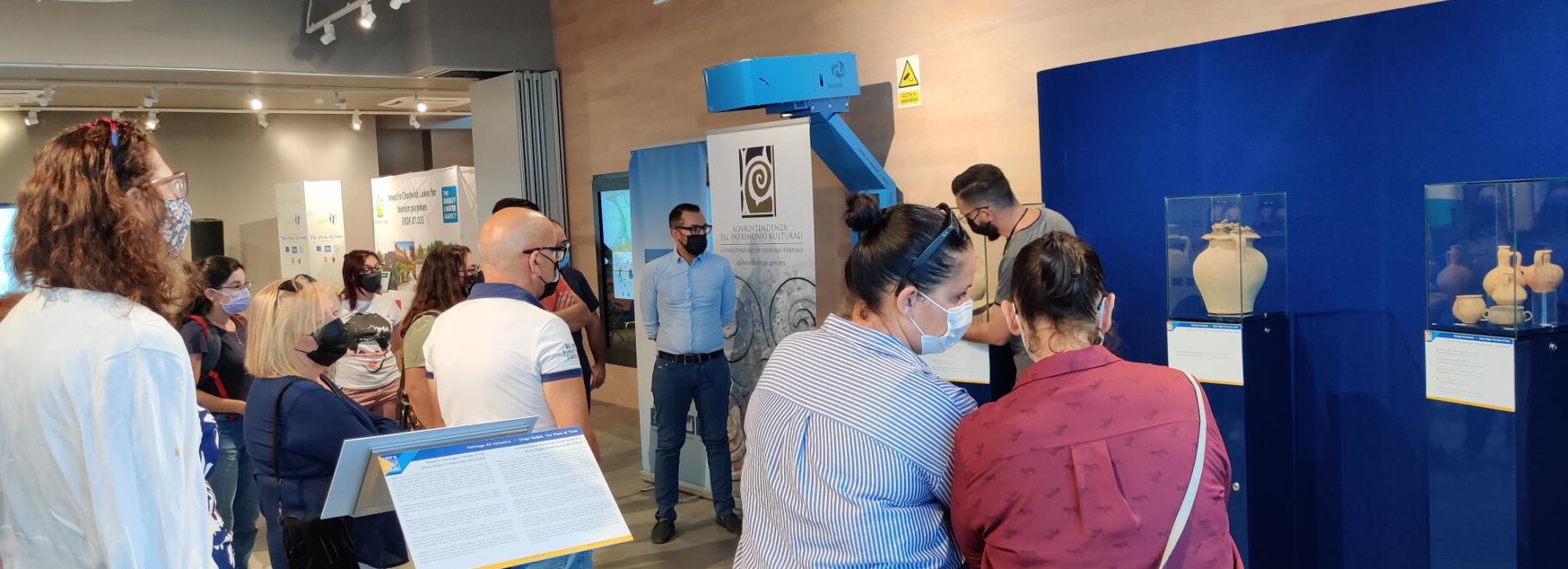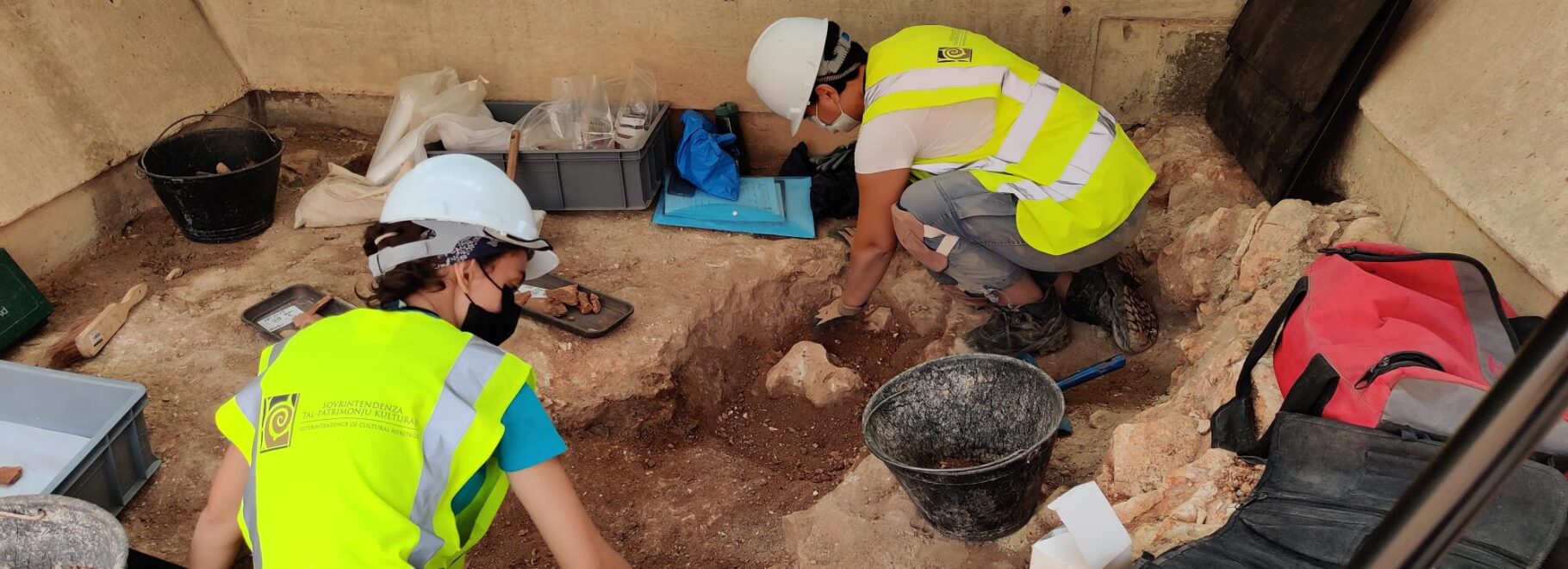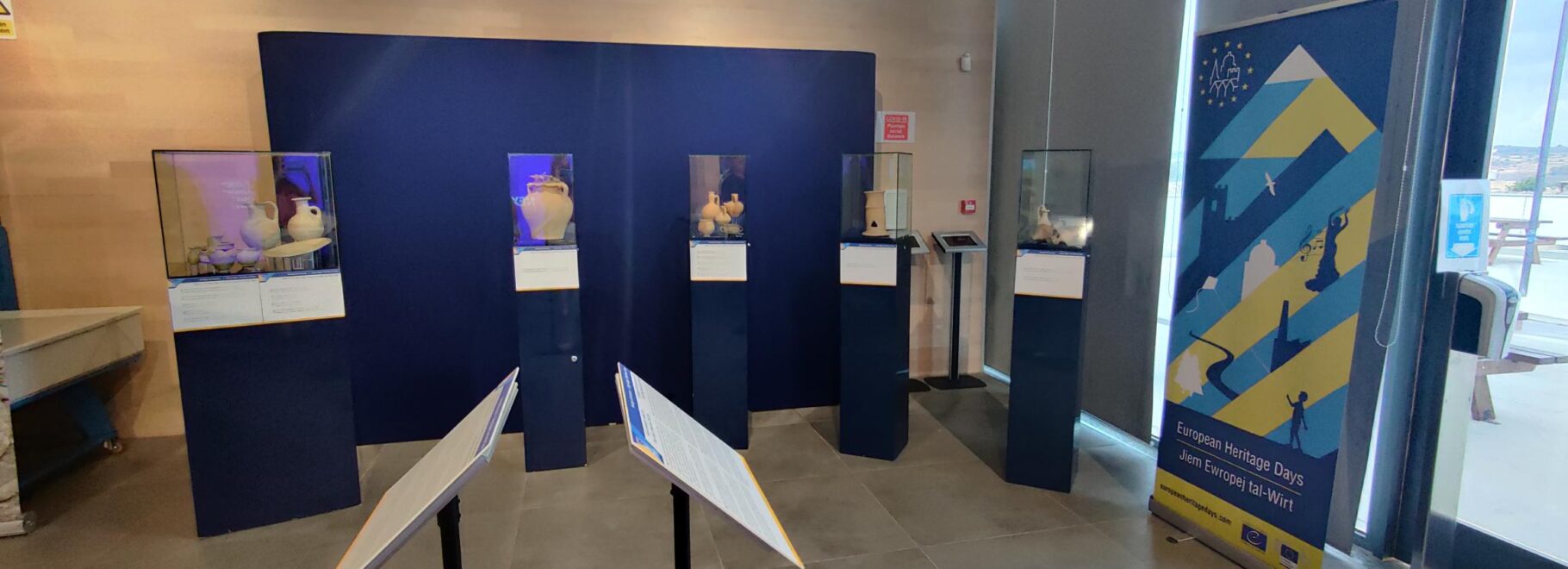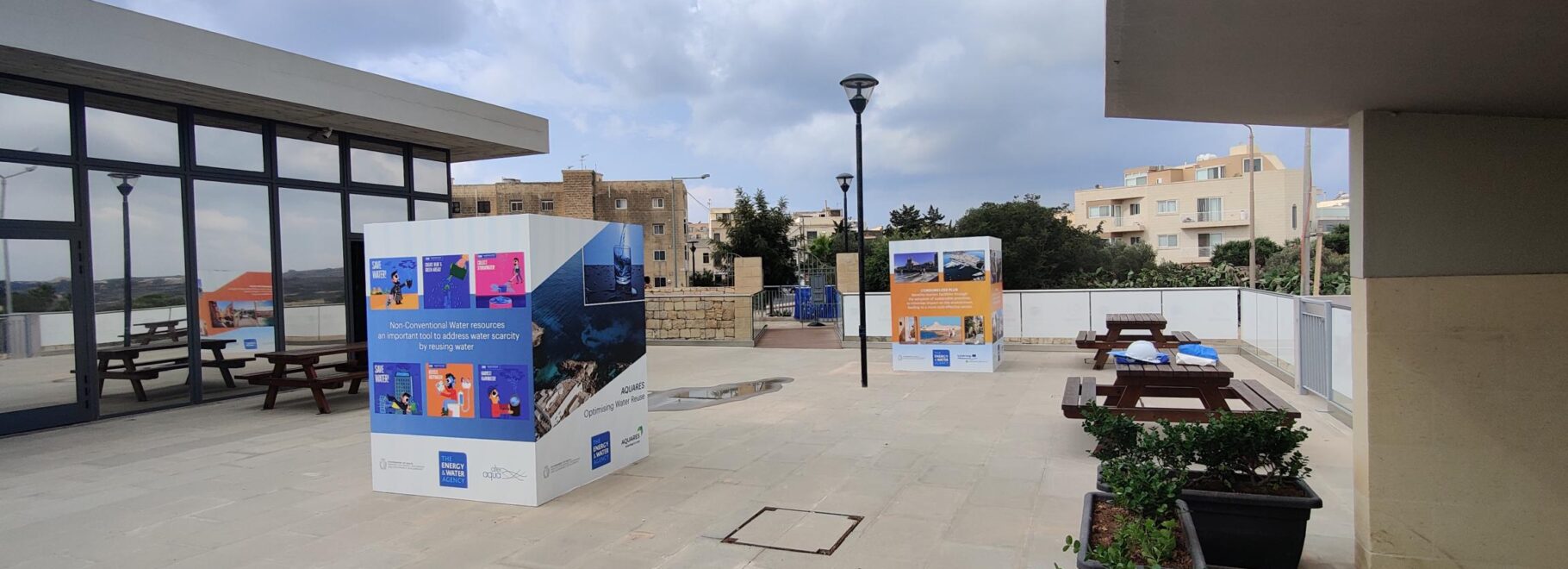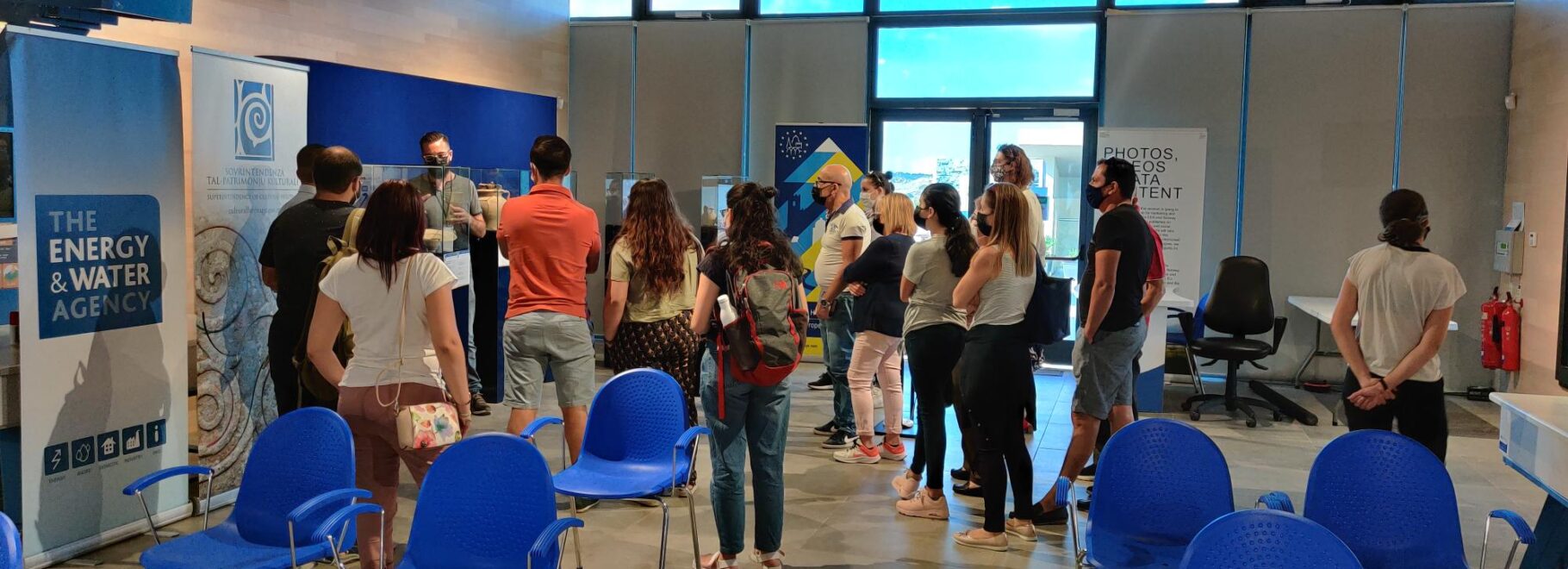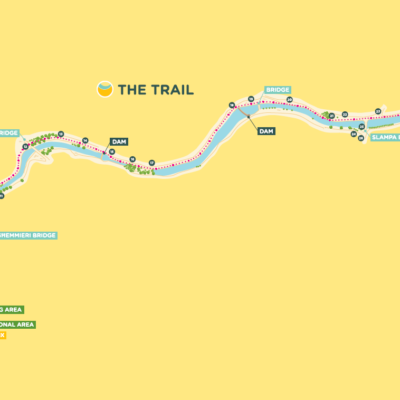The GHAJN Centre aims to raise awareness on the challenges facing the water sector in the Maltese Islands within a broad context of sustainable water resources management. The Centre uses audio-visual presentations, augmented reality technology and interactive games on wall screens to try conveying its message in a ‘funny and interactive’ manner.
The name for the centre, Ghajn, translates into a natural source where water outflows – a spring. In the Rabat area, where the centre is located, several freshwater springs can be identified, which have sustained the national water supply throughout history. One can still see today the WIgnacourt Aqueduct built by the Knights of St John, which supply potable water from these freshwater springs to the newly built city of Valletta.
The GHAJN Water Conservation Centre opened its doors in April of 2017 with the aim of raising awareness of the challenges facing the water sector in the Maltese Islands. The centre supports national educational initiatives on water management and conservation, attracting school visits throughout the scholastic year and also team-building workshops organized by interested private and governmental organisations. The scope of the centre is also to provide a community-friendly environment for the surrounding neighbourhood where the residents can use the premises for recreational purposes.The main target of the Centre is our future generations with a specific focus on Primary and Secondary school students, that attend the Centre with organised school visits.
The GHAJN Water Conservation Awareness Centre addresses 10 out of the 17 Sustainable Development Goals from the 2030 Agenda for Sustainable Development. At the GHAJN Water Conservation Awareness Centre all visitors are acquiring both the knowledge and skills needed to promote sustainable development, addressing SDG 4 and SDG 12.
The Centre addresses SDG 6 guiding the visitors to understand the importance of increasing water-use efficiency across all sectors, and the importance to ensure sustainable withdrawals and supply of freshwater to address water scarcity and substantially reduce the number of people suffering from water scarcity.
Thanks to the connection with the Chadwick Lakes Project (see hereunder), the Centre promotes sustainable tourism, aiming to create more jobs and also promote the local culture (SDG 8). The regeneration of the Nigret area (in the town of Rabat) where the Centre was built and the surrounding grounds, complemented with the archaeological finds that are part of the grounds of the Centre, it is also highlighting the cultural and natural heritage of the locality (SDG 9).
Visit the Water Awareness Conservation Centre website: Ghajn – National Water Conservation Awareness Centre (gov.mt)
Temporary exhibitions and projects
The Europeas Heritage Days
The European Heritage Days is a joint European Council and European Union project which is celebrated in almost 50 European States who are signatory to the European Cultural Convention.
The main event organised by the Energy and Water Agency at the Għajn National Walter Conservation Centre in Triq Ghajn Qajjet in Rabat in collaboration with the Superintendence of Cultural Heritage was held on the 1st, 2nd and 3rd of October 2021. During this event, visitors had the opportunity to follow a live archaeological excavation currently underway within the grounds of the Għajn Centre. During the visit, members of the public were able to follow presentations on the fascinating archaeological discoveries made during the construction of the Centre, as well as the neighbouring Triq Għajn Qajjet. Part of the archaeological artifacts discovered during these works, dating from the Phoenician and Roman periods, were also publicly exhibited for the first time.


